Yasuke in Shadows: A Fresh Take on Assassin's Creed
Thanks to a renewed focus on the foundational concepts that made the series iconic, Assassin’s Creed Shadows delivers the most satisfying experience the franchise has seen in years. With the series' best parkour system since Unity, you can seamlessly transition from ground level to castle rooftops, and the addition of a grappling hook makes reaching strategic vantage points quicker than ever. Positioned on a high tightrope above your foes, you're just a silent drop away from executing the perfect kill—as long as you're playing as Naoe, one of the game's protagonists. However, switching to Yasuke, the second protagonist, shifts the gameplay dramatically.
Yasuke is slow, clumsy, unable to kill silently, and struggles to climb, making him the antithesis of what fans expect from an Assassin’s Creed protagonist. His inclusion in the game is both baffling and fascinating because playing as Yasuke feels less like an Assassin’s Creed experience and more like something entirely different.
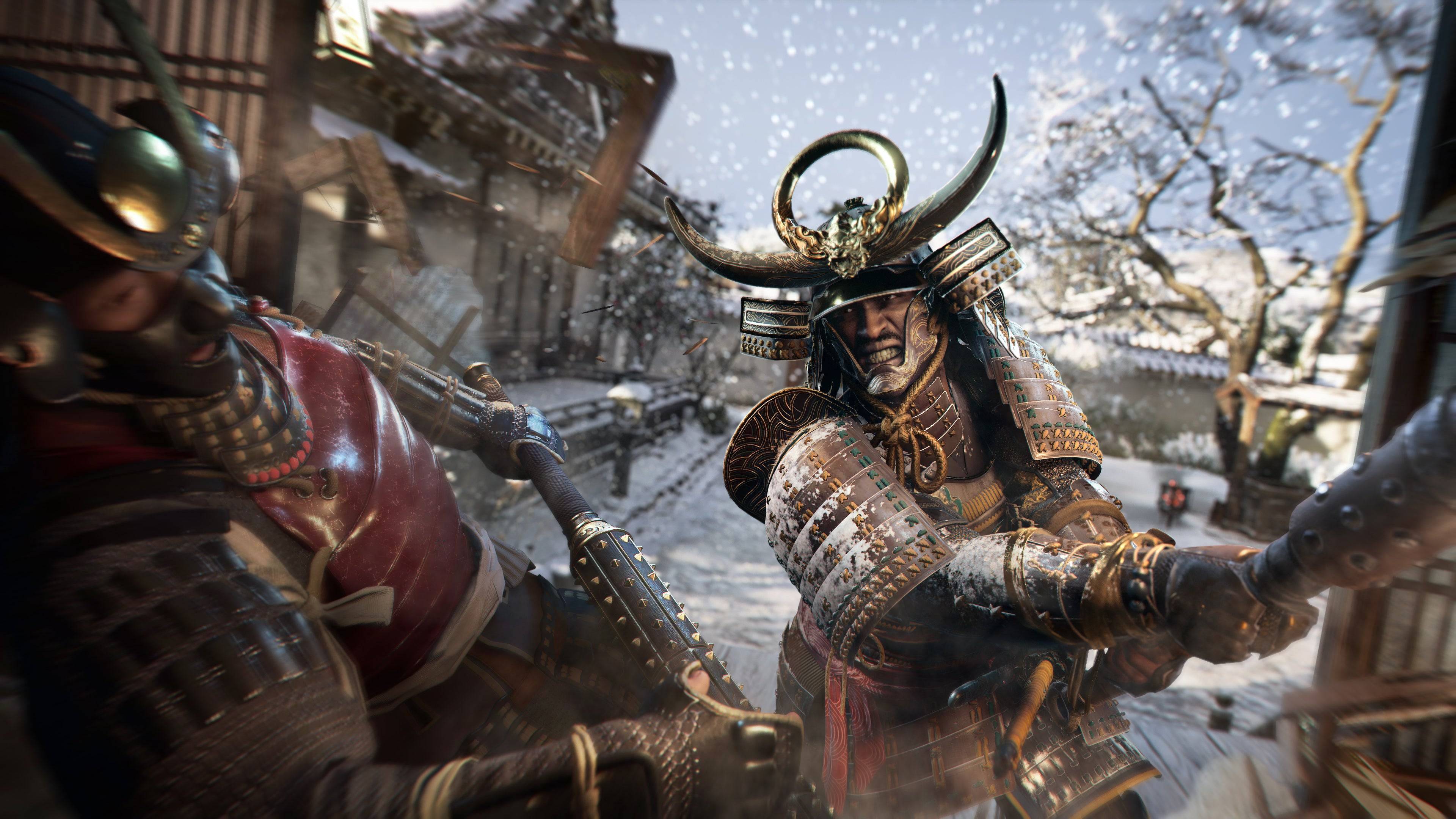 Yasuke changes the rules of Assassin's Creed, promoting grounded combat over parkour stealth. | Image credit: Ubisoft
Yasuke changes the rules of Assassin's Creed, promoting grounded combat over parkour stealth. | Image credit: Ubisoft
Initially, the stark contrast between Yasuke’s abilities and the core philosophy of the series was frustrating. Why introduce an Assassin’s Creed protagonist who can barely climb and lacks the ability to perform silent takedowns? However, the more I played as him, the more I appreciated the intention behind his design. Yasuke addresses several issues the series has grappled with in recent years, despite his evident limitations.
You don’t get to control Yasuke until well into the campaign, after spending hours mastering Naoe’s swift, stealthy moves. Naoe, a nimble shinobi, embodies the assassin aspect of Assassin’s Creed more effectively than any protagonist in a decade. Transitioning to Yasuke after playing as Naoe is jarring. This towering samurai is too conspicuous and slow to sneak through enemy camps effectively, and his climbing capabilities are severely limited. He can't easily scale rooftops and often requires ladders or scaffolding to progress, introducing a sense of friction to the gameplay.
While not strictly forced to stay on the ground, Yasuke’s design encourages it, limiting his ability to gain high ground and survey threats. Unlike Naoe, who can rely on Eagle Vision, Yasuke has no such advantage, making raw strength his primary asset.
Assassin's Creed has always been about stealthy kills and vertical exploration, elements that Yasuke directly opposes. Playing as him feels more akin to Ghost of Tsushima than Assassin’s Creed, especially given his lack of stealth training and reliance on samurai combat skills. This shift requires players to rethink their approach to the game. Historically, Assassin’s Creed protagonists could climb almost anything effortlessly, but Yasuke's design introduces a challenge. Careful environmental observation reveals hidden pathways tailored for him, like leaning tree trunks or strategically placed windows, making navigation more engaging than the mindless scaling of past games.
However, Yasuke’s paths are limited to where he needs to be, restricting his general exploration and ability to observe enemy patrols from above. His only stealth ability, the "Brutal Assassination," is more of a combat opener than a true stealth move. Yet, when combat ensues, Shadows offers the best swordplay the series has seen in over a decade. Each strike has purpose, and the variety of techniques—from brutal rush attacks to satisfying ripostes—culminates in dramatic finishing moves.
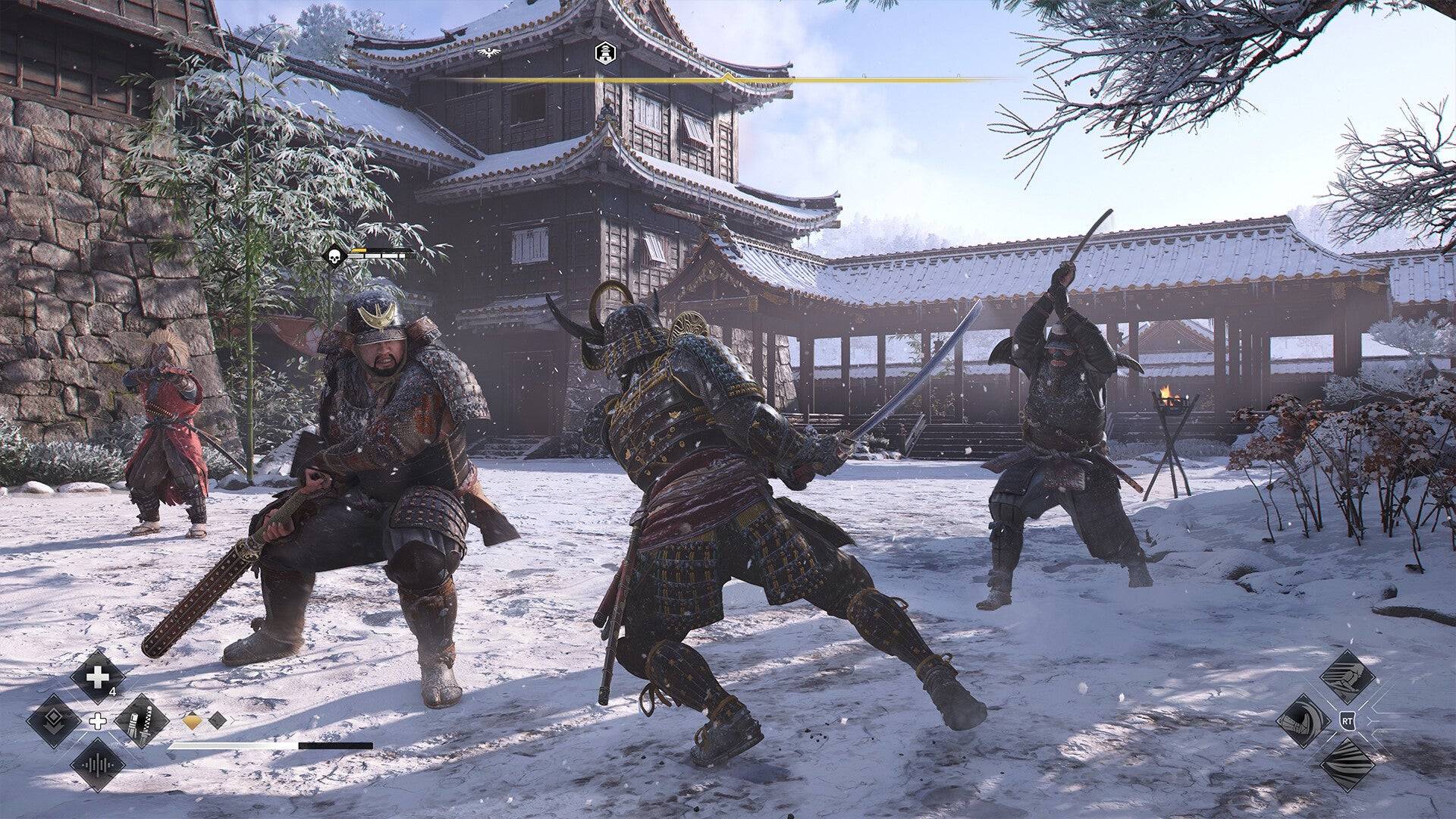 Yasuke enjoys the best combat mechanics Assassin's Creed has ever had. | Image credit: Ubisoft
Yasuke enjoys the best combat mechanics Assassin's Creed has ever had. | Image credit: Ubisoft
The separation of combat and stealth into two distinct characters prevents the blending of styles that plagued Origins, Odyssey, and Valhalla. Naoe's fragility necessitates a return to stealth after combat, while Yasuke's strength allows him to endure even the toughest encounters. His evolving skill tree adds depth to his combat prowess.
Yasuke's design is intentional, yet it raises questions about his fit within the Assassin’s Creed framework—a series built on stealth and vertical exploration. While characters like Bayek and Eivor veered into action territory, they still maintained the core Assassin’s Creed actions. Yasuke, thematically a samurai rather than an assassin, struggles with these core elements.
The real challenge for Yasuke is the presence of Naoe, who is arguably the better option. Naoe, with her comprehensive stealth toolkit, benefits from the architectural verticality of Sengoku Period Japan, fulfilling the promise of Assassin’s Creed as a highly mobile silent killer. Even her combat feels as impactful as Yasuke’s, though she can't sustain prolonged battles. This raises the question: why play as Yasuke when Naoe offers the quintessential Assassin’s Creed experience?
Ubisoft's aim to provide two distinct playstyles with Yasuke and Naoe is commendable but creates a double-edged sword. Yasuke's gameplay, while contrasting and compelling, directly opposes the series' foundational ideas. While I'll enjoy the visceral thrill of Yasuke's combat, it's through Naoe that I'll truly immerse myself in the world of Shadows. Because when I play as Naoe, I feel like I'm playing Assassin’s Creed.
-
 Mar 17,25All Split Fiction Achievements & How to Unlock Them Dive into the captivating co-op adventure Split Fiction from Hazelight Studios! This guide outlines every achievement, ensuring you and your partner conquer every challenge. While some trophies are earned naturally through the story, many require thorough exploration and unique actions. Use this g
Mar 17,25All Split Fiction Achievements & How to Unlock Them Dive into the captivating co-op adventure Split Fiction from Hazelight Studios! This guide outlines every achievement, ensuring you and your partner conquer every challenge. While some trophies are earned naturally through the story, many require thorough exploration and unique actions. Use this g -
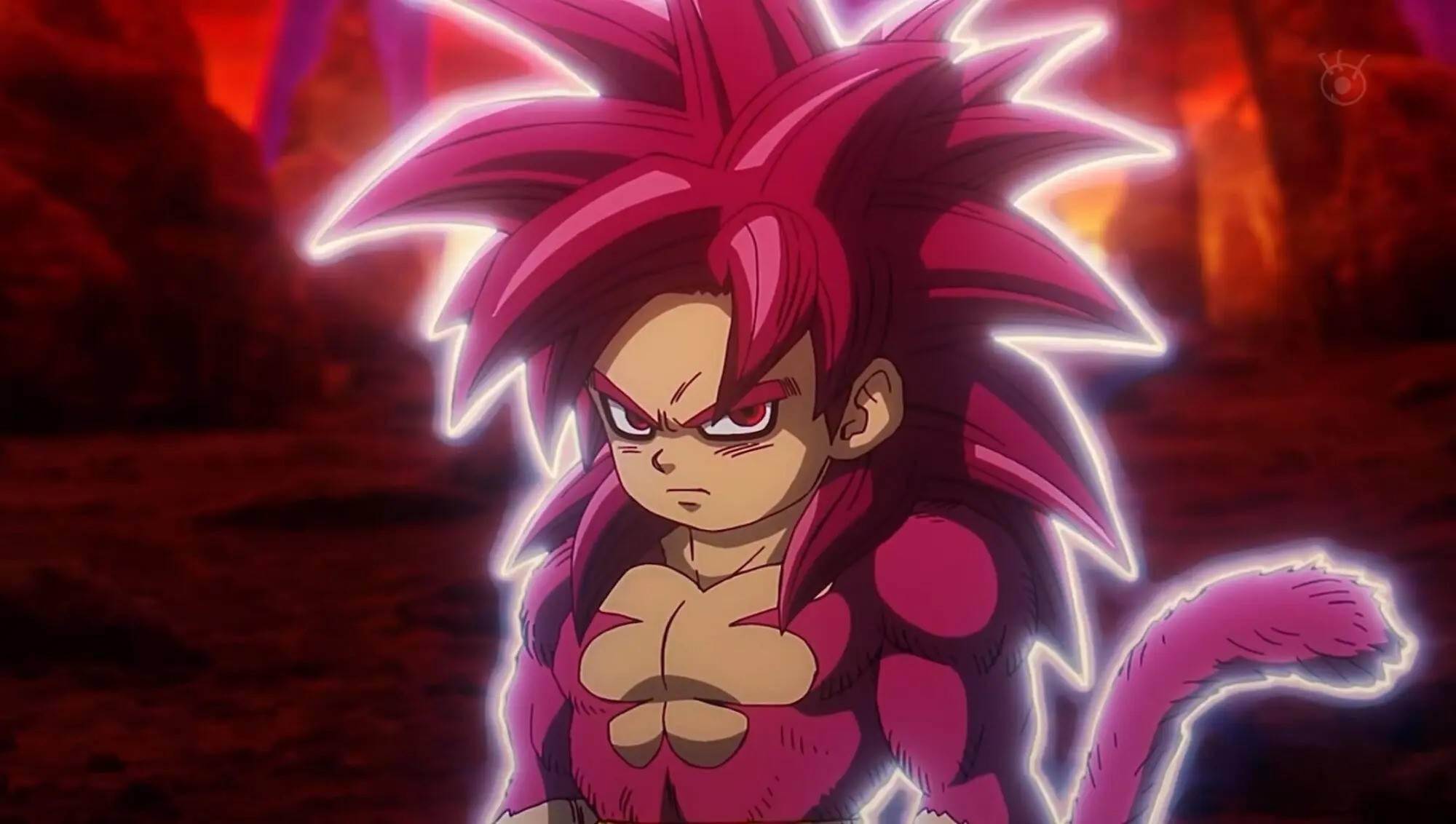 Mar 19,25How Does Dragon Ball Daima’s Finale Explain Goku Never Using Super Saiyan 4 in Super? The climactic battle in Dragon Ball Daima's finale pits Gomah against Goku, showcasing Goku's newly acquired form. This episode naturally led many fans to anticipate an explanation for Super Saiyan 4's absence in Super. So, how does the finale address this?In episode 19, after Glorio's wish restore
Mar 19,25How Does Dragon Ball Daima’s Finale Explain Goku Never Using Super Saiyan 4 in Super? The climactic battle in Dragon Ball Daima's finale pits Gomah against Goku, showcasing Goku's newly acquired form. This episode naturally led many fans to anticipate an explanation for Super Saiyan 4's absence in Super. So, how does the finale address this?In episode 19, after Glorio's wish restore -
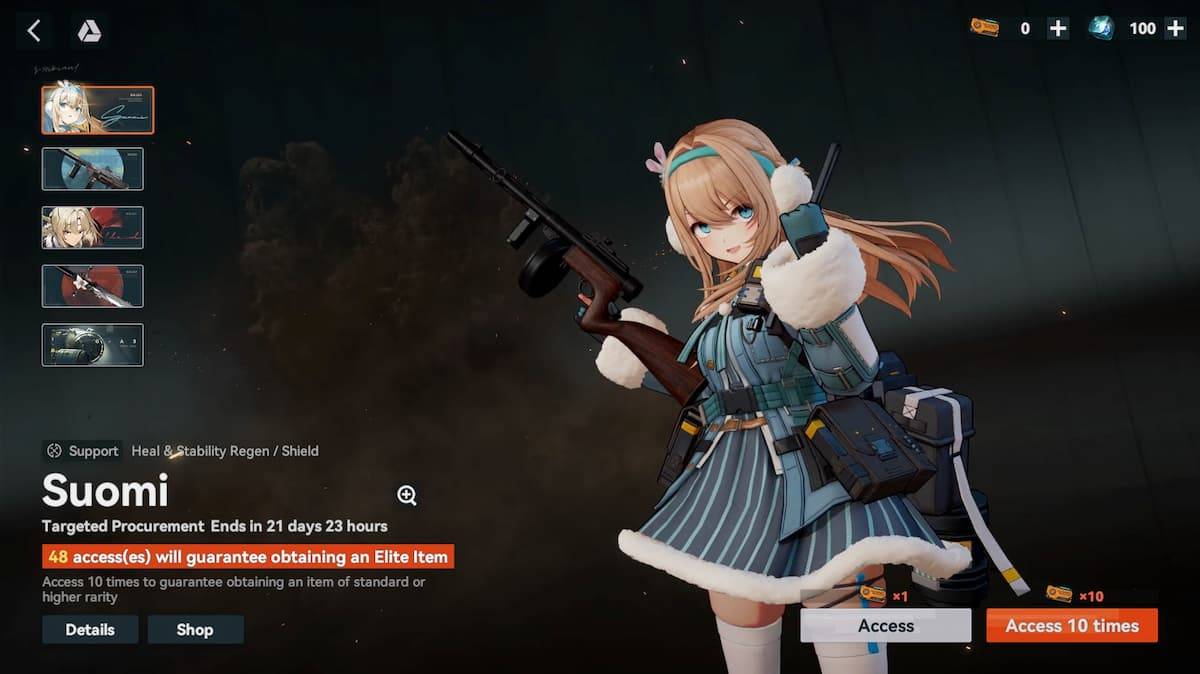 Jan 16,25Girls' Frontline 2: Exilium Tier List Released Another free-to-play gacha game, another character ranking to guide your investment choices. This Girls’ Frontline 2: Exilium character tier list helps you prioritize which characters are worth your resources. Girls’ Frontline 2: Exilium Character Tier List Here's a breakdown of currently available
Jan 16,25Girls' Frontline 2: Exilium Tier List Released Another free-to-play gacha game, another character ranking to guide your investment choices. This Girls’ Frontline 2: Exilium character tier list helps you prioritize which characters are worth your resources. Girls’ Frontline 2: Exilium Character Tier List Here's a breakdown of currently available -
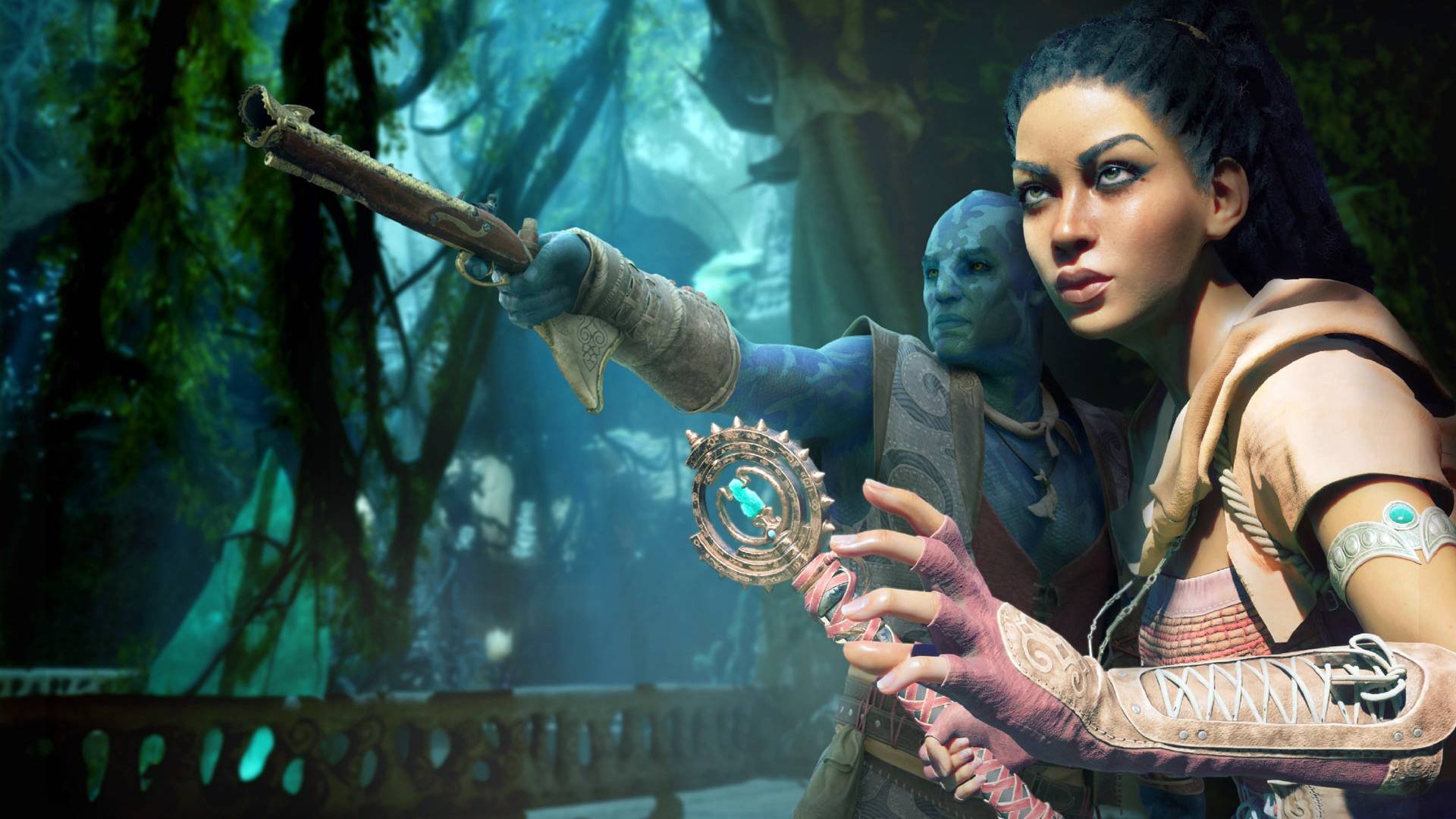 Mar 18,25Avowed Best PC Settings for Max FPS *Avowed*, a visual masterpiece, immerses you in a richly detailed world. To fully appreciate its stunning graphics without sacrificing performance, optimizing your PC settings is key. This guide helps you strike the perfect balance between breathtaking visuals and smooth gameplay.Recommended Videos
Mar 18,25Avowed Best PC Settings for Max FPS *Avowed*, a visual masterpiece, immerses you in a richly detailed world. To fully appreciate its stunning graphics without sacrificing performance, optimizing your PC settings is key. This guide helps you strike the perfect balance between breathtaking visuals and smooth gameplay.Recommended Videos
